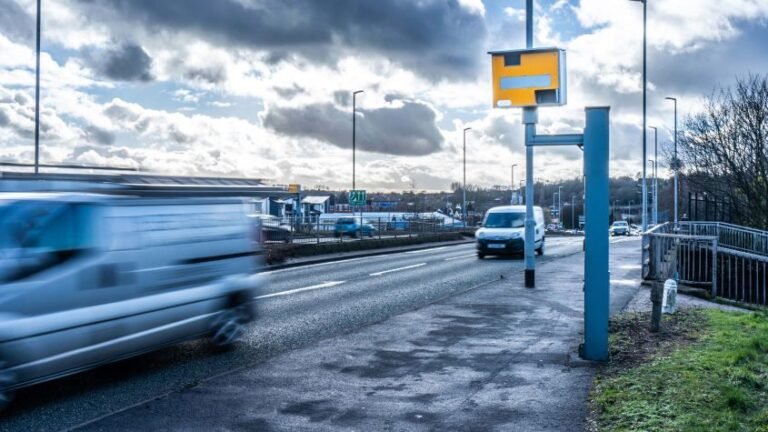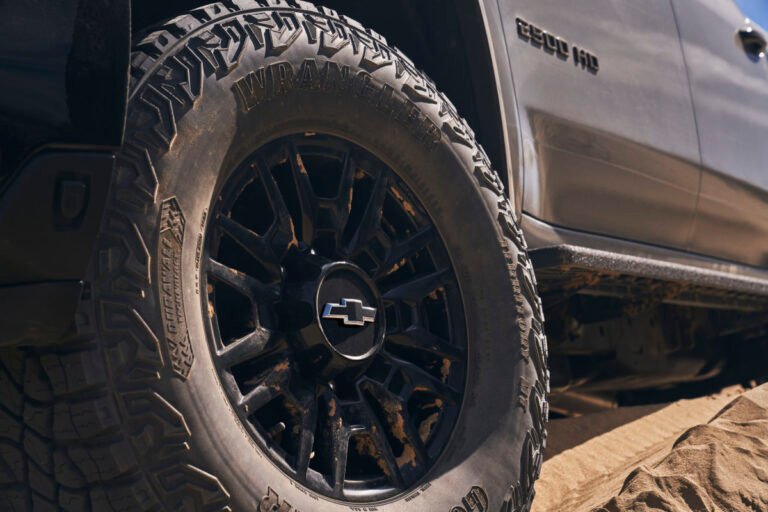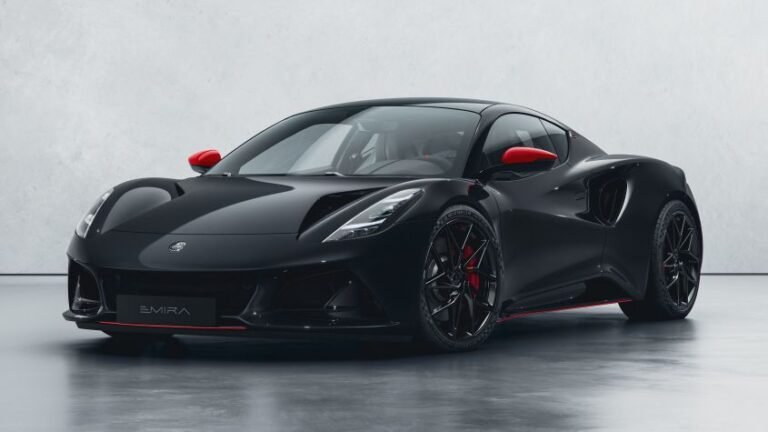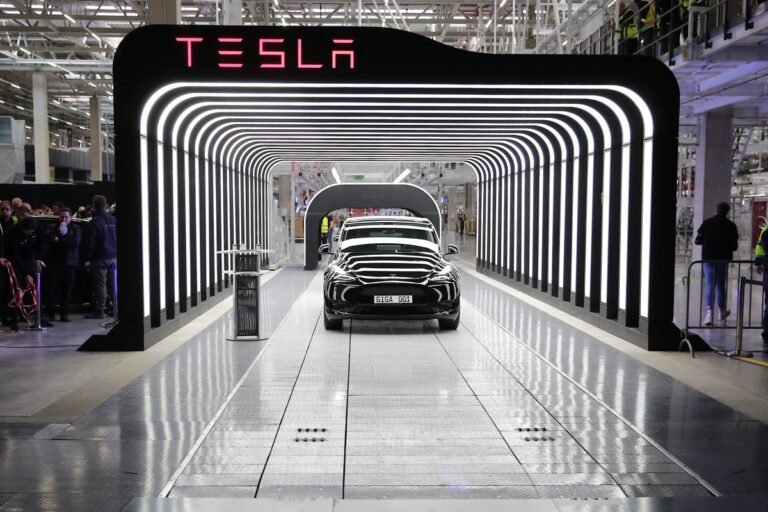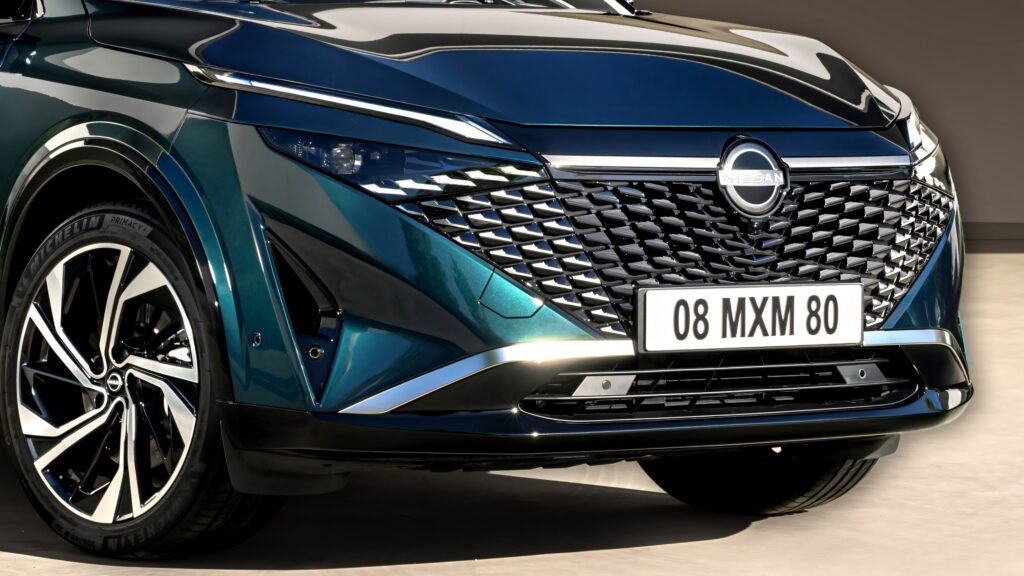

- Nissan’s third-generation e-Power system debuts in the updated Qashqai compact SUV.
- The re-engineered hybrid powertrain offers improved efficiency and overall refinement.
- This upgraded system will also power the next-generation Rogue SUV in North America.
Hybrids have emerged as a popular middle ground, offering a practical balance between internal combustion and electric power for a wide range of drivers. Nissan continues to refine its self-charging hybrid technology, and its latest effort comes in the form of the third-generation e-Power system.
The updated powertrain made its debut in the European-spec Qashqai but it will also be used in America’s next-generation Rogue and Japan’s Elgrand minivan.
More: Nissan Says We Made A Mistake With New Leaf’s Taillights
According to Nissan, the new hybrid system offers “the range and convenience of diesel, with the refinement and responsiveness of an EV”. This latest iteration builds on the version introduced in 2022, with notable gains in fuel efficiency and refinement. Naturally, the upgraded tech comes alongside a refreshed Qashqai, which launched in Europe last year with updated styling and features.
More Efficient, More Capable
With a WLTP fuel consumption rating of 4.5 liters per 100 km (52 mpg), the updated Qashqai e-Power marks a solid improvement over the previous model’s 5.3 liters per 100 km (44 mpg). Nissan says this allows the hybrid SUV to travel as far as 1,200 km (746 miles) on a single tank, with real-world range still exceeding 1,000 km (621 miles). CO2 emissions have also dropped, down from 116 g/km to 102 g/km.
At the core of the self-charging hybrid system is a new 1.5-liter gasoline engine equipped with a larger turbocharger. Unlike a traditional hybrid setup, this engine doesn’t drive the wheels directly. Instead, it operates as a generator for the electric motor and 2.1 kWh battery, which are supported by energy captured through regenerative braking. This layout eliminates the need for a conventional transmission and allows for smooth, immediate power delivery that’s more in line with an EV.
All major components, including the motor, generator, inverter, reducer, and increaser, are housed in a compact, lightweight unit to improve packaging and overall efficiency.
Refinement and Performance Upgrades
Inside the cabin, Nissan’s engineers have managed to cut noise levels by as much as 5.6 dB compared to the outgoing model. Vibration has also been reduced, particularly under load. Power output has increased by 15 hp (11 kW), bringing the total to 202 hp (151 kW or 205 PS). That figure is achieved when the driver selects the new Sport mode, which delivers an additional 13 hp (10 kW) boost.
More: The Turmoil At Nissan Just Hit A New Low After Billions In Losses
Another advantage of the updated powertrain is the extended service interval, now increased from 15,000 to 20,000 kilometers (9,300 to 12,400 miles), which could help reduce maintenance frequency and costs over time.
The revised Qashqai e-Power will be built at Nissan’s Sunderland plant in the UK, with European availability beginning in September 2025. After that, it’s scheduled to roll out in markets across Africa and Oceania. Pricing will be confirmed closer to launch.
The third-generation e-Power system will also be used in the next-generation Nissan Rogue, scheduled to arrive in the US by fiscal year 2026, which concludes on March 31, 2027. In Japan, the same setup will power the upcoming Elgrand minivan, also expected to launch by that timeframe.

